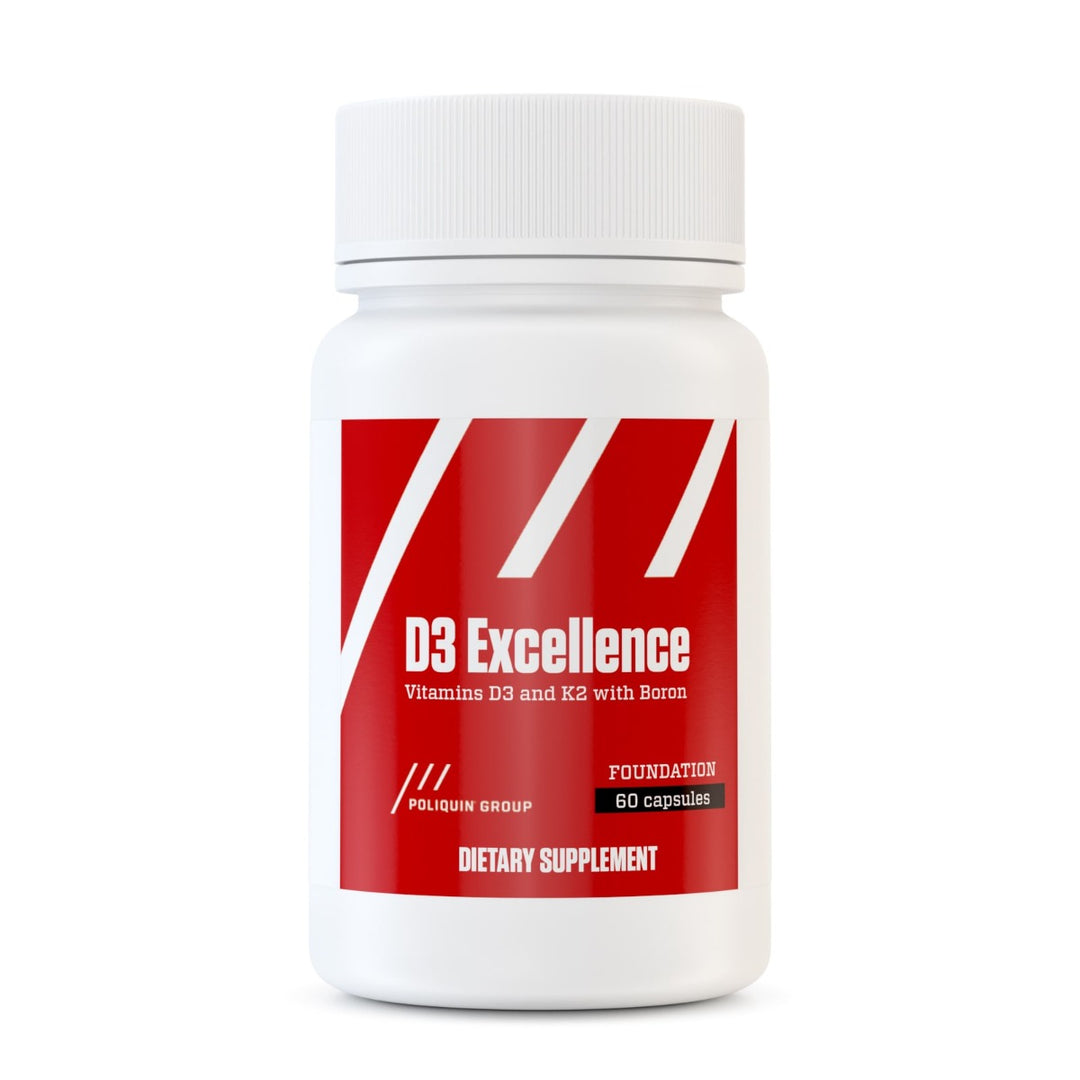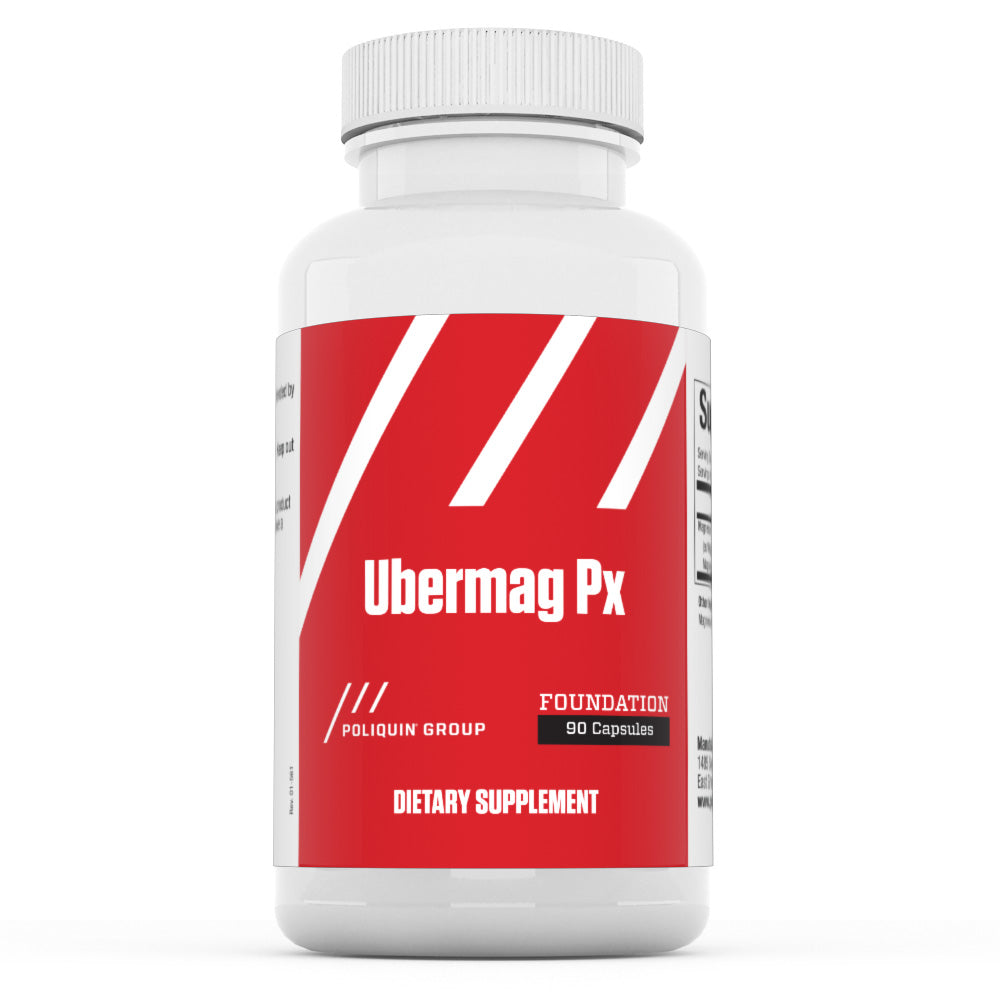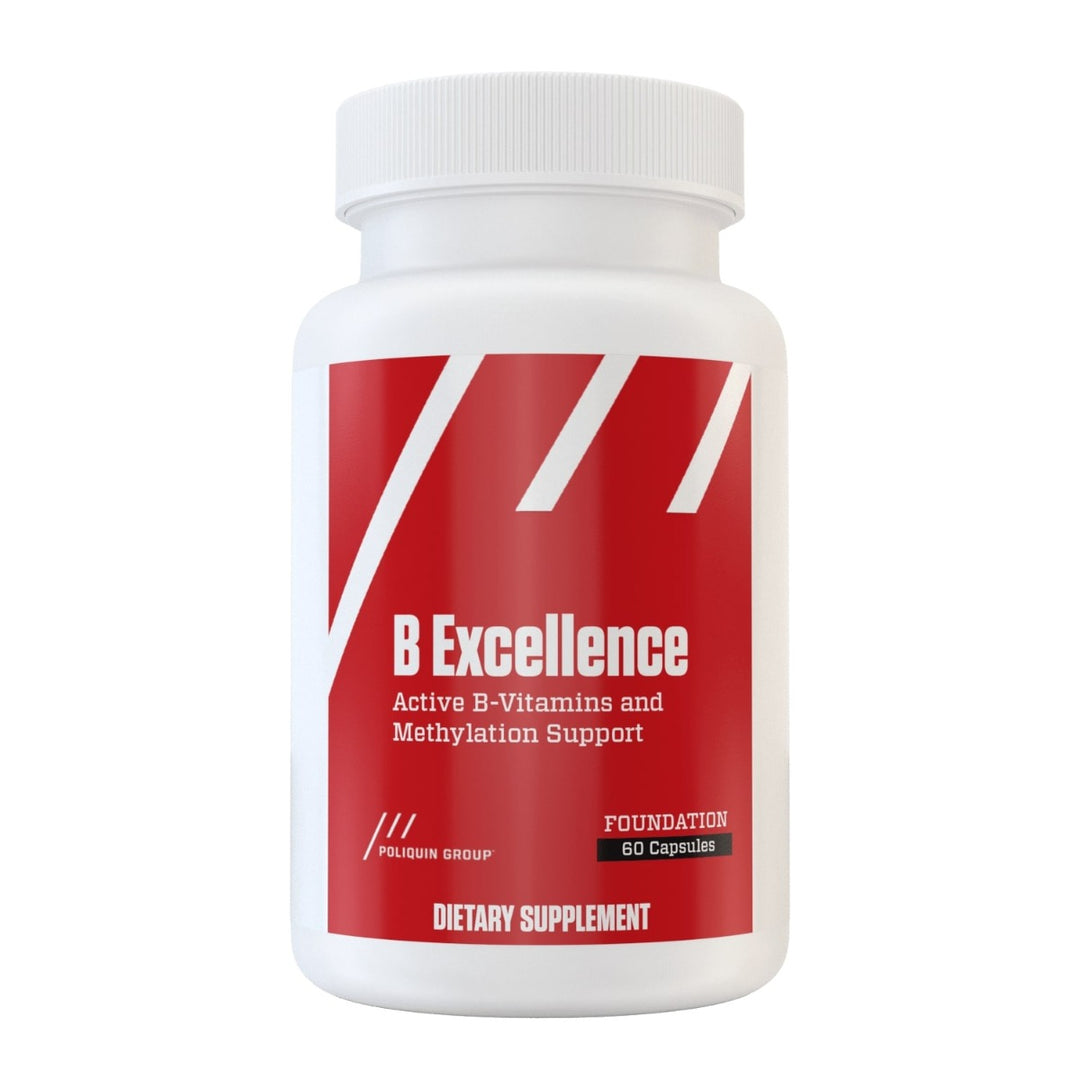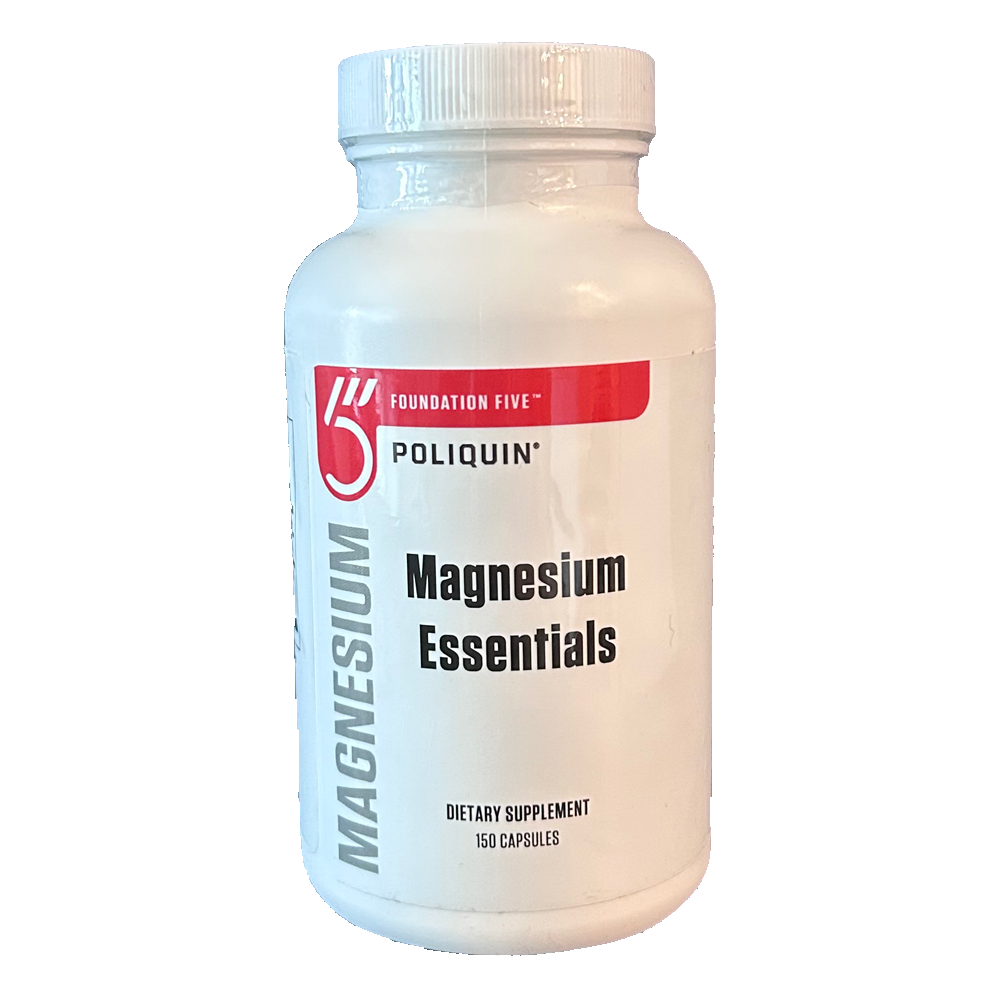Seven Ways To Reduce Post-Workout Muscle Soreness
Does post-workout muscle soreness ever keep you training from as hard as you would like?
Despite the pain it causes, many people accept delayed-onset muscle soreness (DOMS) as a valuable indicator of having trained hard and thrashed their muscles. They assume soreness means they are building muscle and getting stronger.
It’s logical, but not necessarily so. For example, downhill running typically causes severe muscle soreness, but it's a poor choice if your goal is to build muscle or increase strength.
Reasons To Avoid DOMS
There are many reasons to take action to reduce muscle soreness. DOMS impairs strength for days and compromises athletic performance. It increases the physiological demand of endurance exercise, an effect that is magnified at high temperatures.
Whether DOMS is indicative of effective training or not, it’s worthwhile to try to prevent it because along with being painful, it keeps you from training as regularly as you would like, often to the point of diminishing returns. Other negative effects of muscle soreness include the following:
Increased injury risk.
Because muscle soreness impairs recruitment patterns and the range of motion around the joint, it decreases the capacity of the connective tissue to efficiently absorb shock. Injury risk is highest in jumping and sprinting from DOMS.
Women experiencing DOMS may be at high risk of ACL injury because DOMS causes a greater reduction in anterior cruciate ligament elasticity than men.
Decreased motivation to train.
DOMS is painful, making it more likely you will skip your workout or give a subpar effort, especially if you are a novice.
Ways To Decrease Muscle Soreness
There’s a boatload of research on what does work to reduce DOMS. Here are some effective treatments for you to try:
#1: Take Caffeine to Reduce DOMS
Caffeine is one of the most effective ways to cure muscle soreness.
One study had trained men take 5 mg/kg of bodyweight of caffeine and then do a muscle-damaging workout to induce DOMS. Results showed that compared to a placebo, participants who took caffeine were much less sore on day 2 and 3 after training. Soreness was completely gone by the end of the third day in the caffeine group, suggesting it accelerated the recovery process.
Of interest, the caffeine group had a lower rating of perceived exertion and did more reps on the final set of the workout, indicating they worked harder than the placebo group, but still experienced less muscle soreness.
A second study had female trainees take the same dose of caffeine post-workout (at 24 and 48 hours post) and found that it decreased muscle soreness by between 26 and 48 percent, depending on the type of motion being assessed.
Why It Works:
Caffeine blocks central nervous receptors related to pain.
Use It:
A 5 mg/kg is ideal for reducing muscle soreness and enhancing training performance. This is equivalent to about 2.5 cups of coffee.
#2: Use BCAAs To Reduce DOMS
The branched-chain amino acids (BCAAs) are well known for their ability to reduce muscle soreness and improve recovery. Do they measure up or is it all broscience?
A series of studies on both trained and untrained individuals show that BCAAs are worth the time and money to reduce (not prevent) DOMS in response to both resistance and endurance exercise. For example, taking 100 mg/kg of BCAAs reduced muscle soreness at 48 hours and allowed for faster recuperation of strength in untrained women.
A second study of trained men found that dosing BCAAs before and after doing 100 muscle-damaging drop jumps reduced muscle soreness significantly.
Why It Works:
BCAAs increase protein synthesis and reduce muscle breakdown, conserving tissue during intense training. Creatine kinase, a marker of muscle damage was much lower in the BCAA trials mentioned, suggesting that more BCAAs preserve the integrity of the muscle fibers for less post-workout muscle soreness.
Use It:
Take up to 20 grams of BCAAs before and after intense training. You want a steady stream of amino acids in the blood to minimize muscle soreness. Smaller quantities of BCAAs have other therapeutic effects, but you may not find them effective for decreasing soreness.
#3: Take Taurine With BCAAs For A Synergistic Decrease In Muscle Pain
Taurine is a popular performance nutrient that augments the beneficial effect of BCAAs on preserving muscle tissue.
One study found that when untrained men took 2 grams of taurine and 3.2 grams of BCAAs three times a day, they experienced much less muscle damage and soreness compared to a placebo following an eccentric workout. Recovery of strength was also accelerated in the taurine/BCAA group.
Why It Works:
First, BCAAs and taurine improve the water content in muscle fibers, reducing muscle damage.
Second, providing a greater pool of amino acids may also improve sensitivity in the contractile part of the muscle fiber to calcium, while inhibiting the production of creatine kinase, a waste product promotes the feeling of muscle fatigue.
Third, BCAAs and taurine decrease oxidative stress allowing trainees to attain a higher work capacity. They also enhance protein synthesis and help rebuild muscle glycogen, accelerating recovery for less muscle soreness.
Finally, taurine often aids sleep quality because it activates GABA, a calming neurotransmitter, so that you can relax and recover.
Use It:
Try the dosing protocol used in the study: BCAAs and taurine were taken three times a day for almost three weeks, suggesting you need a lot and you need it often to experience noticeable benefits.
#4: Try Topical Menthol To Reduce DOMS
Topical menthol has a cooling sensation on the skin that has been found to reduce muscle soreness. One study found that when active men used a menthol cream on trained muscles after a muscle-damaging eccentric workout, they were 63.1 percent less sore compared to a group that iced their muscles.
Menthol didn’t affect the loss of strength due to DOMS, suggesting that its use is limited in scope: It can reduce discomfort and improve quality of life post-workout, but it’s not that useful for athletes who must recover strength to compete.
Why It Works:
Menthol affects neurons that sense temperature, causing a cooling sensation and inhibiting the brain-pain connection.
Use It:
Apply menthol any time you experience muscle soreness. Athletes and the general population can benefit from less pain, but be aware that less pain doesn’t mean you’ve recovered fully. Modify training accordingly.
#5: Pre-condition Your Muscles To Reduce DOMS after Taking Time Off
Pre-conditioning the muscles a few weeks before you are going to begin training or practicing for sports will reduce muscle soreness. Here’s how it works:
In one study, athletes did 10 maximal eccentric biceps curls. Then, three weeks later they did a hard workout of 5 sets of 10 maximal eccentric contractions and had significantly less muscle pain from the second bout than a group that didn’t do the pre-conditioning mini-workout.
You can also pre-condition the muscles by training a heavy concentric workout prior to the muscle damaging eccentric contractions, although the effect is unlikely to be as great as with pre-conditioning the muscles weeks in advance.
Why It Works:
The initial bout of training increases sarcomeres in the muscle fibers and causes adaptations in the inflammatory response. Then, the extra sarcomeres reduce the strain on muscle fibers during the second bout, leading to less muscle damage.
Use It:
If you’re an athlete who’s going to start resistance training or practicing and want to pre-condition the muscles, pick exercises for all the muscles you will be using during workouts. Do a few maximal eccentric contractions 7 to 10 days beforehand.
For example, try calf raises, squats, bicep curls, triceps extensions, bench press, pull-downs, and overhead presses to pre-condition the majority of the primary muscle groups.
#6: Train More Often
Increasing your training frequency can reduce muscle soreness. Obviously, that first hard workout is unpleasant, but a high training frequency in the range of three times a week per muscle group reduces DOMS because the muscles get conditioned to the hard training.
Similarly, working out with light conditioning or doing a concentric workout will reduce DOMS once you’re already sore. One study showed that doing concentric biceps curls with a light load four days after a maximal eccentric workout resulted in a 40 percent decrease in muscle soreness. Unfortunately, strength and muscle function weren’t restored.
Why It Works:
Scientists aren’t entirely sure, but they believe that the inflammatory response is smaller when you train regularly.
Use It:
Increase your training frequency to two to three times a week to take advantage of the repeated bout effect. Remember to periodize training so that you continue to elicit adaptations by changing your workouts ever 3 to 6 weeks.
#7: Use Tart Cherry & Blueberry Juice
Dark colored fruits such as tart cherries and blueberries are one of the best ways to reduce muscle soreness after intense training.
For example, a study that had trainees drink blueberry juice before and after training found significantly lower markers of muscle damage than a placebo. The blueberry juice group also recovered muscle function faster as measured by strength tests at 12, 36 and 60 hours after training.
A similar study using tart cherry juice for 8 days pre-workout found that DOMS was reduced compared to a placebo. Strength loss was 80 percent less than in the placebo group, indicating that muscle function recovered much faster.
Why It Works:
The anti-inflammatory compounds in these fruits help remove the waste products or “garbage” produced during hard training. Once the waste products are gone, the body is better able to repair tissue.
Use It:
A variety of dosing methods work, indicating that the key is to consume a concentrated form of one of these fruits on training days.
Avoid consuming your fruit of choice with milk because previous evidence shows that the proteins in milk inhibit the antioxidant activity in the body. If you take whey protein, do so first during the “window” of opportunity that the muscles are most sensitive to protein feeding. Then take your antioxidants at least a half hour later once the whey has digested.











